How to Reboot a Server in Manage
Rebooting a VPS server in Manage has been made incredibly easy, and only takes a few clicks. Furthermore, multiple servers can be rebooted simultaneously!
Preflight Check
- These instructions are intended specifically for rebooting Cloud VPS servers via Manage.
- If you don't know how to login to Manage, visit our tutorial: How to Login to Manage.
- Be sure to follow our Proactive Server Maintenance Checklist, Prior to Reboot as well!
Step #1:
Select the Servers to Reboot
Check the box for each server that you'd like to reboot:
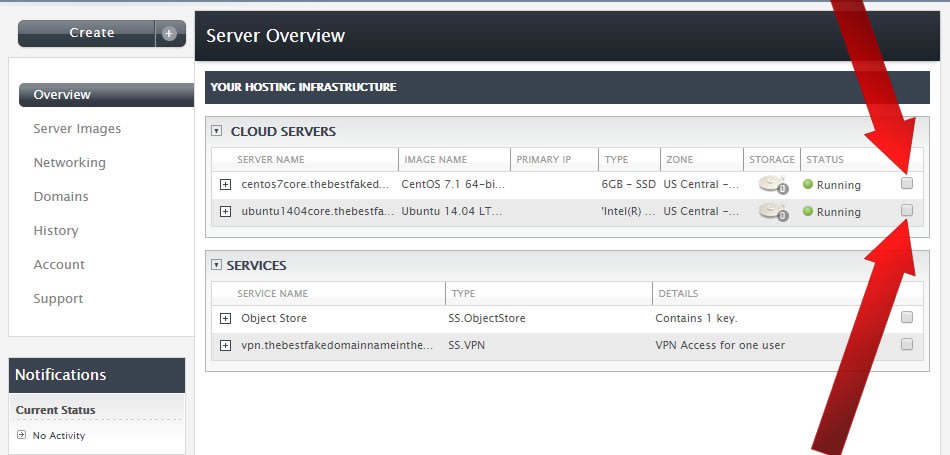
Step #2:
Start and Verify the Reboot Process
Click the Reboot button.
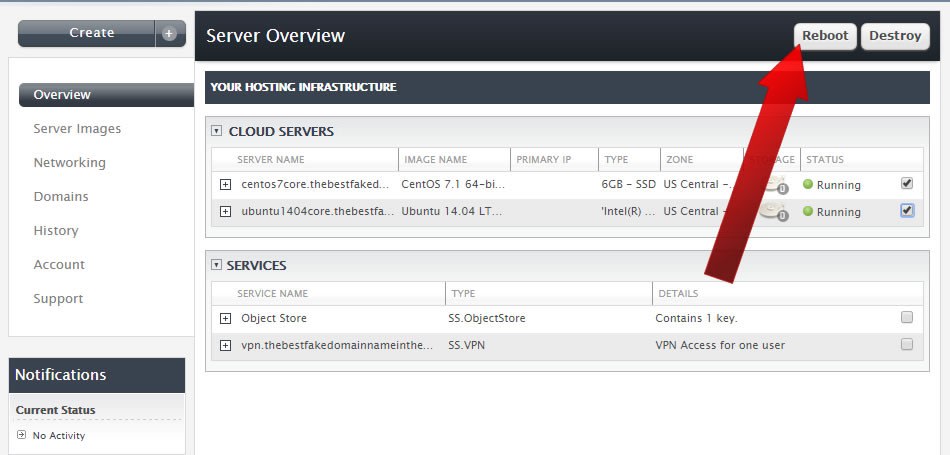
Then, verify that each server you've selected should be rebooted, then click Next:
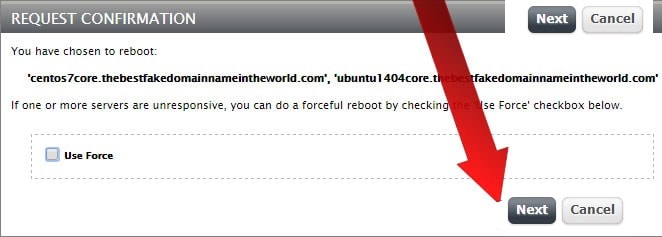
Step #3: Scheduling
Because rebooting your server will disrupt the websites hosted on the server, you may want to schedule the reboot to happen when your server is less busy. To schedule the reboot for later, select the date and time from the calendar drop-down. If you would like to reboot immediately, just click Confirm.
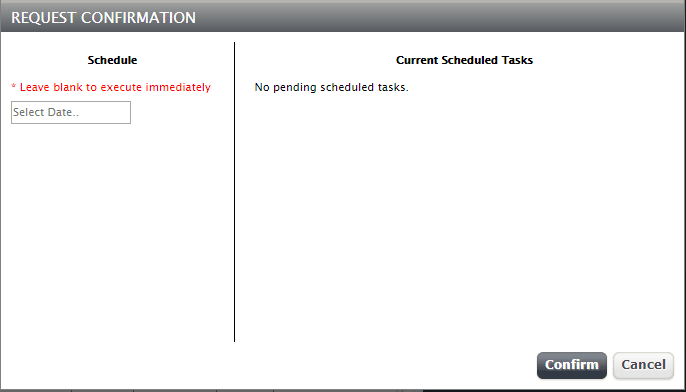
Step #4: Notifications
In the Notifications section of Manage, you will find the status of each server that is being rebooted!
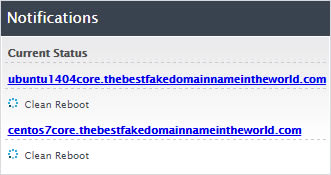
Conclusion
Our Support Teams are replete with talented Linux technicians and System administrators who have intimate knowledge of multiple web hosting technologies, especially those discussed in this article.
If you are a Fully Managed VPS server, Cloud Dedicated, VMWare Private Cloud, Private Parent server or a Dedicated server owner and you are uncomfortable with performing any of the steps outlined, we can be reached via phone @800.580.4985, a chat or support ticket to assisting you with this process.
Related Articles:

About the Author: David Singer
I am a g33k, Linux blogger, developer, student, and former Tech Writer for Liquidweb.com. My passion for all things tech drives my hunt for all the coolz. I often need a vacation after I get back from vacation....
Our Sales and Support teams are available 24 hours by phone or e-mail to assist.
Latest Articles
In-place CentOS 7 upgrades
Read ArticleHow to use kill commands in Linux
Read ArticleChange cPanel password from WebHost Manager (WHM)
Read ArticleChange cPanel password from WebHost Manager (WHM)
Read ArticleChange the root password in WebHost Manager (WHM)
Read Article


